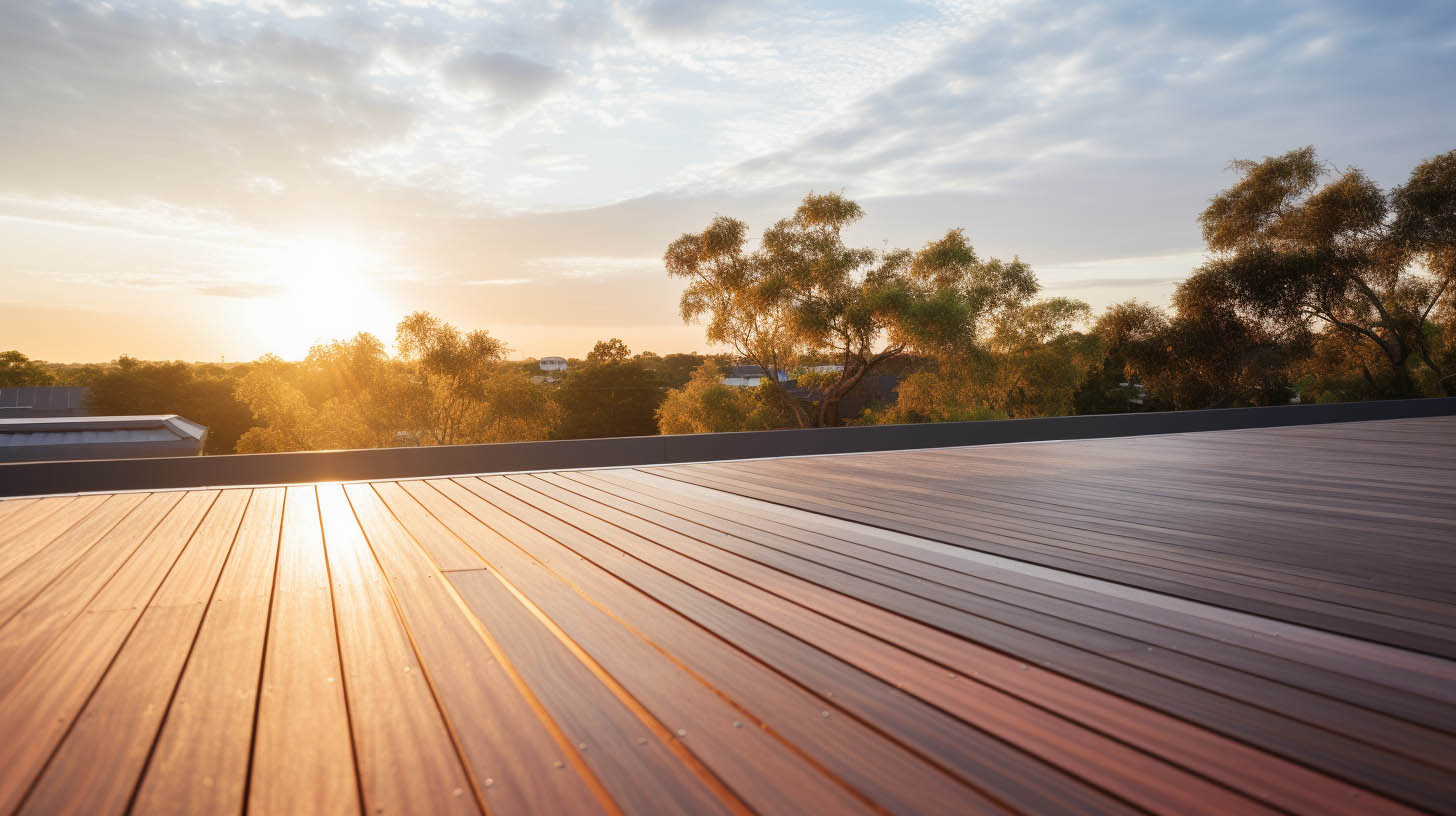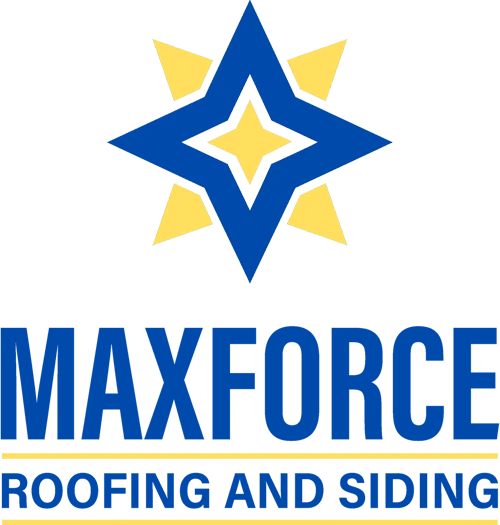
Essential Insights on Roof Decking
Comprehensive Guide to Roof Decking
Roof decking, often referred to as roof sheathing, stands as a pivotal element in any roofing architecture. This integral layer, typically crafted from wood or engineered wood variants, is affixed to the roof’s rafters or trusses. Its primary role is to offer a robust, level base for laying shingles or other roofing elements. Beyond providing a platform, roof decking is crucial for the overall structural stability and longevity of the roof.
Significance of Roof Decking
Structural Stability and Weight Distribution
The core function of roof decking is to evenly distribute the roof’s weight across the building’s framework. This aspect is particularly vital in regions experiencing heavy snow or strong winds. By supporting the roofing materials, the decking ensures their optimal performance and durability.
Insulation and Energy Conservation
Roof decking also plays a significant role in insulation and energy efficiency. It acts as an extra layer of thermal barrier, aiding in maintaining consistent indoor temperatures and potentially leading to reduced energy costs.
Safety and Fire Resistance
Select decking materials offer increased fire resistance, an essential feature in fire-prone areas or buildings with stringent safety standards. Fire-resistant decking materials can help in slowing down fire spread, providing valuable time for evacuation and firefighting.
Roof Decking Materials
Plywood Sheathing
Plywood, a prevalent choice for roof decking, consists of several layers of thin wood veneers bonded together. Its popularity stems from its strength, installation ease, and cost-effectiveness. Plywood is available in a range of thicknesses to suit various roofing requirements.
Oriented Strand Board (OSB)
Oriented Strand Board (OSB) is another widely used decking material. Made from compressed wood strands bonded with adhesives, OSB is noted for its robustness and resistance to moisture, making it a fitting choice for roofs.
Alternative Decking Options
Apart from plywood and OSB, there are other materials like composite panels and tongue-and-groove boards used for decking. These alternatives offer varied benefits in strength, longevity, and environmental resistance.
Installation and Upkeep of Roof Decking
Precision in Installation
Installing roof decking demands accuracy and skill. It involves meticulous measuring, cutting, and securing the decking to the roof’s structural framework. Proper installation is key to ensuring a stable base for roofing materials and contributes to the roof’s overall lifespan.
Regular Maintenance
Consistent maintenance and inspection are crucial for early detection and resolution of potential decking issues. Indicators of damage, such as rot, mold, or deformation, can signal deeper problems that require prompt attention. In Columbus, OH, MaxForce Roofing and Siding LLC specializes in professional roof decking inspection and maintenance, ensuring your decking remains in prime condition.
Conclusion
Roof decking is an indispensable part of any roofing system, offering structural support, insulation, and safety. Understanding the various materials and the importance of correct installation and maintenance empowers homeowners to make informed roofing decisions. With appropriate care, roof decking significantly enhances the durability and efficiency of your roof.

